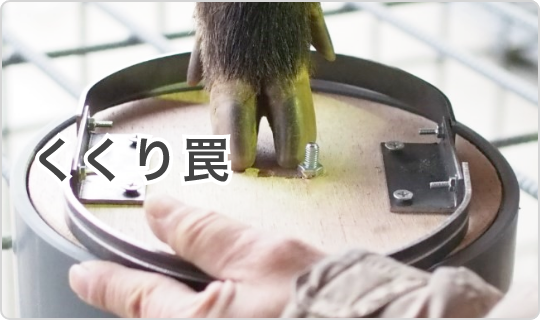The day before yesterday, the Ministry of the Environment released the results of the 2018 edition of population estimates of sika deer and wild boar nationwide . According to the latest estimates, the estimated median population of sika deer nationwide (south of Honshu) at the end of fiscal 2016 was approximately 2.72 million, while the estimated median population of wild boar was approximately 89. 10,000 head, and it became clear that the downward trend continued from the previous year.
On Statistical Methods for Population Estimation
Deer are characterized by a low primal age and an almost annual litter. Wild boars are prolific, giving birth to 2 to 8 offspring in the spring. Therefore, among large mammals, deer and wild boars can be said to undergo large population fluctuations in a short period of time.
However, there is no established method for estimating the population density and number of individuals in such cases with high accuracy. According to the above population estimate by the Ministry of the Environment, (1) number of individuals (next year) = number of individuals (certain year) x rate of natural increase - number of captures, (2) number of individuals (next year) = number of individuals (certain year) x number of individuals in one year and next A hierarchical Bayesian model is used with two assumptions: the rate of change of the abundance index.
What is Hierarchical Bayesian Model
A hierarchical Bayesian model is a model that derives a statistical method called "Bayesian theory" in multiple stages. This estimation model is used in various fields other than population estimation. As a concept, I think it is easier to understand if you compare it with "Frequency Theory", which is a pair of "Bayesian Theory".
frequency theory
For example, when you toss a coin, the probability of getting heads when you toss a coin is 1/2 according to frequency theory. Frequent theory considers probabilities based on infinite trials and excludes subjective parameters.Bayesian theory
Frequent theory assumes an infinite number of trials, while Bayesian theory is based on the idea of accumulating one-time probabilities based on the information available at that time. Bayesian theory also takes subjectivity into account.
Therefore, in Bayesian theory, even if there is no data at the moment, the probability can be set in advance based on subjective numerical values. This probability is called the prior probability.
For example, a person who tosses a coin is a master coin tosser, so they should aim for heads only, so the prior probability of getting heads is 4/5.
Then, after setting the prior probability, we obtain some new information, and the probability that we get it is called the posterior probability, and the posterior probability is updated according to the new information. When new information is obtained, what was previously the posterior probability becomes the prior probability, and the probability is updated further.
As more data is added and updated, it becomes possible to estimate a distribution that can explain the phenomenon in more detail. Considering the coin toss example given earlier, if the coin toss result data is added and updated, the most likely model is that the probability of heads coming out is 1/2. It will be a probability distribution in the form of unlikely.
Estimates using Bayesian models are reported on a point estimate, standard deviation, and credible interval basis. A point estimate is a representative value of a probability distribution, and the median or mean value is mainly used. A credible interval is, for example, a 90% credible interval, which means that there is a 90% probability that there is a true value within that range.
Estimates of deer and wild boar populations
Returning to the 2018 version of the population estimates of sika deer and wild boars nationwide , the following results were obtained.Sika Deer Population Estimation Results
As of the end of fiscal 2016, the median population of sika deer nationwide (south of Honshu, excluding Hokkaido) was approximately 2.72 million. It is about 2.37 to 3.14 million in the 50% confidence interval, and about 1.99 to 3.96 million in the 90% confidence interval.
Wild boar population estimation results
As of the end of fiscal 2016, the median population of wild boars nationwide was about 890,000. The 50% confidence interval (there is a 50% chance that there is a true value within that range) is about 800,000 to 990,000, and the 90% confidence interval is about 700,000 to 1.16 million.
Changes in the number of catches
In December 2013, the Ministry of the Environment and the Ministry of Agriculture, Forestry and Fisheries set a catch target of "halving the numbers of sika deer and wild boar in 10 years ( FY2023 ). set to
Specifically, the number of sika deer south of Honshu will be halved from the 2013 estimate of 2.61 million by 2023, and the number of wild boars will be reduced from 880,000 to 500,000 by 2023. I was there.
Along with this, the number of catches is also increasing year by year, and in fiscal 2016, the number of deer caught reached about 580,000 and the number of wild boars caught reached about 620,000 ( see here for detailed figures ). Considering that the number of licensed hunters has remained almost unchanged over the past ten years, it can be said that a small number of captors are effectively increasing hunting pressure.  However, as a result of this population estimate, if the current capture rate* is maintained, the population of sika deer will reach 2.07 million by 2023, and it is expected that the above target will not be achieved. increase.
However, as a result of this population estimate, if the current capture rate* is maintained, the population of sika deer will reach 2.07 million by 2023, and it is expected that the above target will not be achieved. increase.
Also, to achieve the target, it is said that the capture rate needs to be 1.45 times the current level. *Catch rate: The ratio of the number of wild boars caught in the current year to the estimated number of individuals in the previous year. should be conducted nationwide.
Regarding the measures to be taken in the future
Population management through active capture will continue to be essential in the future. We must promote a review of the goals that have been set.
In addition, prefectures that implement projects to catch sika deer and wild boar are supported by subsidies, but if prefectures are evaluated for their achievement of targets, it will be necessary to review the budget based on the evaluation. prize.
* Reference article: Subsidies for wildlife damage prevention measures ~ Wildlife damage prevention comprehensive countermeasures subsidies

 箱罠
箱罠
 くくり罠
くくり罠
 パーツ類
パーツ類
 電気柵
電気柵
 自作キット
自作キット
 防獣グッズ
防獣グッズ
 監視カメラ
監視カメラ
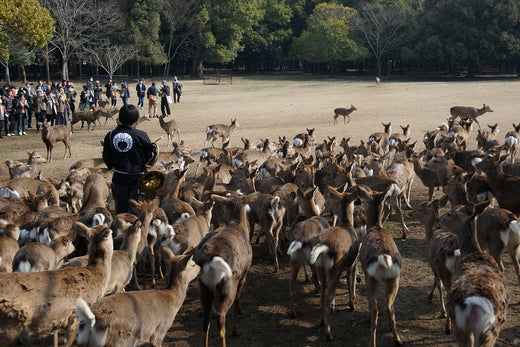
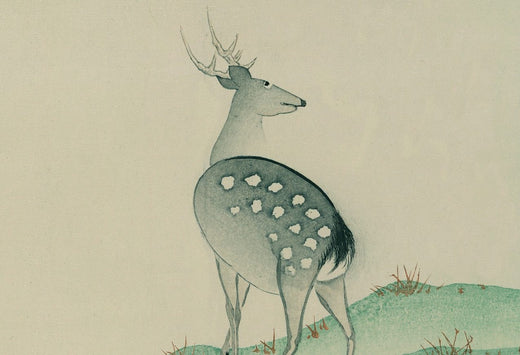
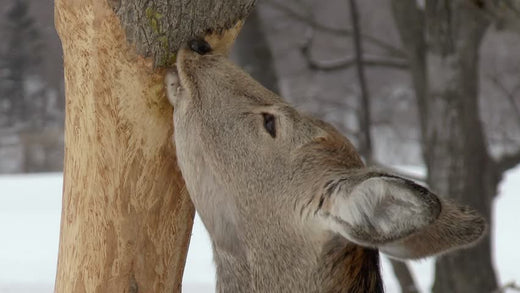
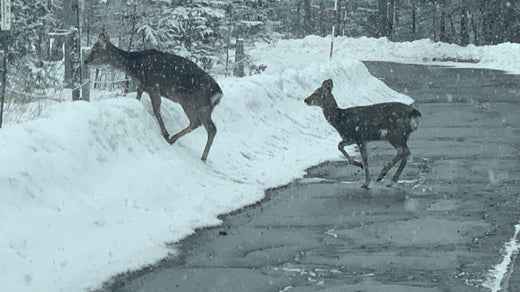
![Fare Asahi Shiki Box Trap Big Size [Double Door]](http://inohoi.jp/cdn/shop/products/20180504_5c53af_300x300_crop_center.progressive.jpg?v=1597991101)
![Fare Asahi Shiki Box Trap Big Size [Single Door]](http://inohoi.jp/cdn/shop/products/20180506_c693cd_e969a0f5-abac-49ee-8f2b-6de0f385e3fd_300x300_crop_center.progressive.jpg?v=1597991123)
![Fare Asahishiki box trap medium size [single door] wire mesh specification](http://inohoi.jp/cdn/shop/files/main_300x300_crop_center.progressive.png.jpg?v=1720764665)
![Fare Asahi Shiki Box Trap Medium Size [Single Door] Deep Type](http://inohoi.jp/cdn/shop/files/f9d83dbb4ed93f76265b8cd23c07b474_300x300_crop_center.progressive.jpg?v=1726117508)
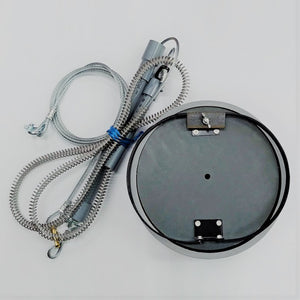
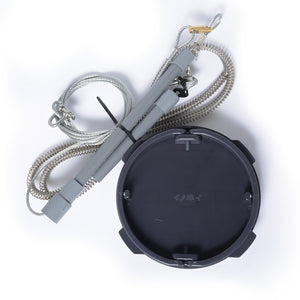


 box trap
box trap
 tying trap
tying trap
 enclosure trap
enclosure trap
 Prevention and avoidance goods
Prevention and avoidance goods
 electric fence
electric fence
 trap surveillance camera
trap surveillance camera
 transportation goods
transportation goods
 Trap detection sensor
Trap detection sensor
 hunting supplies
hunting supplies
 hunting books
hunting books
 Anti-bird goods
Anti-bird goods
 Agricultural materials/machinery
Agricultural materials/machinery
 boar
boar
 deer
deer
 Kyon
Kyon
 monkey
monkey
 raccoon
raccoon
 Badger
Badger
 palm civet
palm civet
 raccoon dog
raccoon dog
 nutria
nutria
 mouse or rat
mouse or rat
 Mole
Mole
 bear
bear
 pigeon
pigeon
 Crow
Crow


